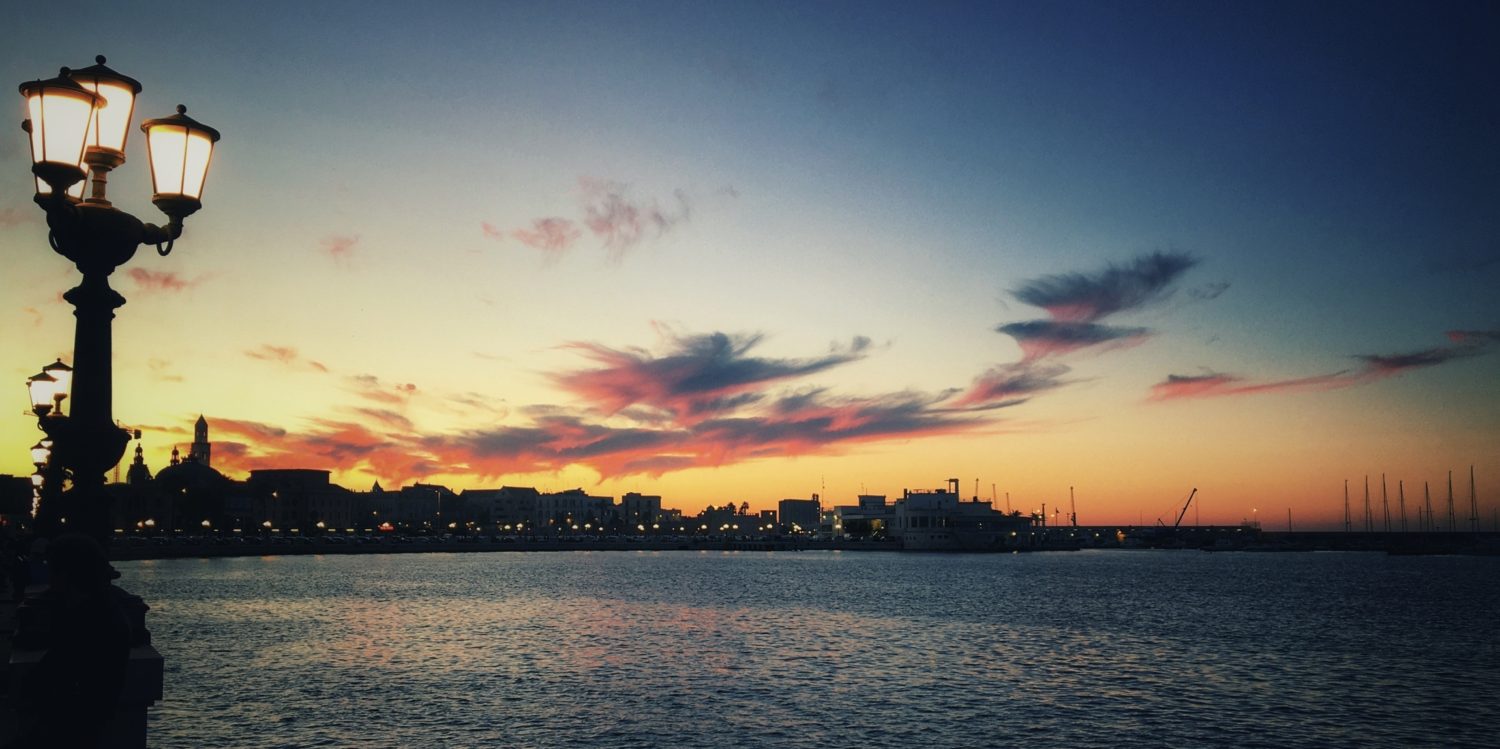A word about Pune (formerly ‘Poona’) in Maharashtra, India. Its two most famous former residents? Mahatma Gandhi and the new age spiritual ‘guru’ Bhagwan Shree Rajneesh, otherwise known as ‘Osho’.
I came to Pune three years ago and was struck by how affluent the city is, particularly its leafy Koregaong Park area. Designer boutiques, cafes serving up cocktails and European cuisine and numerous wellness spas and retreats line its streets; Pune has the likes of Google and Big Tech to thank for its transformation into one of India’s most-moneyed cities.
I had never heard of the late Osho or his Pune-based ashram when I visited in November 2019. However, after stumbling across the imposing entrance in Koregaong Park, I read up about his community of ‘sanyassins’, watched the Netflix documentary ‘Wild Wild Country’, and became suitably intrigued…

I spent three days at the Osho International ‘retreat’ whilst returning to Pune last week. Upon entry, you agree to a strict set of rules, leave your phone at reception and have to purchase maroon robes (worn during daylight hours) and white robes (worn after 6.30pm for the ‘Evening Meeting’.)
Most of each day’s programme is focused around a variety of meditation techniques, as well as talks (‘How to increase your awareness’), workshops (‘Unlocking creativity; our true calling’ ‘Zen archery’) and evening gatherings (‘Ecstatic dance’ and ‘Full moon celebration’). Some of the sessions were useful; the ‘nadabrahma’ meditation technique originating from Tibet, which uses humming to still the mind, particularly helped me to focus during the hour-long session. However, others bordered on pseudo-science or, just tedium.




The Osho International wardrobe… (it certainly made getting dressed in the morning easier)
Superficially, the retreat is lush, green and the vibe friendly and peaceful. The robes act as a leveller and remove any material comparison in terms of what people are wearing. The sight of the whole community ascending the steps to the giant pyramid housing the ‘Osho Auditorium’ at 6.30pm, with the sun going down, dressed in angelic white robes will live long in the memory. However, the ensuing Evening Meeting featuring explosive drums, ‘gibberish meditation’, synchronised shouts of “Osho!” and a long, meandering darshan from the man himself via a video from 1990 was not how I prefer to spend two hours of my evening. Funnily enough, some of my fellow disciples found his 40-minute monologue hilarious, howling with laughter as if they were at a Stewart Lee show. Perhaps once I am enlightened, I will understand.
It was something of a relief to leave the ashram on Wednesday night after the Evening Meeting, knowing I wouldn’t be returning the next day. Whilst, visiting Osho’s ashram was most definitely a good life experience, I like my freedom too much and don’t particularly like being told what to do, so ashram life was never going to be ideal. Meditating for an hour a day certainly has positive benefits too, but the daily programme of 6-7 hours was a push for me. Having said that, some people had been staying at the ashram for months so clearly something is working for them. Also, the longer-term residents of the community also seemed to be more involved with the running of the retreat; helping to run the musical workshops and evening events or being tasked with metal-detecting the congregation as they arrived for sessions in the Osho Auditorium.
Whilst Osho was clearly a well-read, articulate man and a charismatic figurehead, it seems that his real talent lay in monetising spirituality and packaging it up for a Western audience to consume. Osho owned 93 Rolls Royces and had a penchant for luxury watches and diamanté hats so he clearly was not averse to the material things in life (although, to give him his dues, he did talk about music and nature being the closeness thing that many of us get to the “divine”).


A typical day’s programme at the ashram and one of Osho’s Rolls Royces.
On a different note, Mahatma Gandhi; another revered Indian leader, albeit of a contrasting ilk also spent time in Pune in the 1940s. He was imprisoned for two years in the Islamic / French-style Aga Khan Palace by the British as a result of his ‘Do or Die’ and ‘Quit India’ independence campaigns. His wife Kasturba Gandhi and secretary Mahadev Desai both passed away whilst imprisoned in the palace and Gandhi also carried out his 21-day-fast here. The ashes of all three are now contained in samadhis in the palace grounds and the building itself is today a museum dedicated to the independence struggle.


Aga Khan Palace, Pune.

